
Inspiring Elementary Engineering
Bashaw Elementary School
Challenges
Engineering provides student the opportunity to work with a team to solve a real world challenges. They use the Engineering Design Process to organize their work. Through the process, students integrate science, math, technology and art while engineering a solution to the challenge.
Keep scrolling down to see all the great work Bashaw's engineers have done!

 |  |
|---|---|
 |  |
 |  |
 |  |
Robotics
The older students worked to build and program EV3 Robotic robots. All students worked with Roamers to program the robots to complete mazes that were designed on the floor of the classroom. Older students used measurement techniques to help with the programming.
Younger students used estimation to complete programming.
 |  |
|---|---|
 |  |
 |  |
 |  |
 | 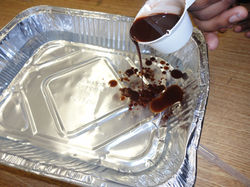 |
 |  |
 |  |
Oil Spill
Challenge: Oil spills occur somewhere in the world almost every day. Oil spills can have many different causes but the results are the same. Oil harms plants and wildlife that make the oceans and coastlines their home. Test several types of materials to find out which will clean up or contain the oil spill the best.
Essential Question: What materials are most effective to contain and clean up an oil spill in the ocean?
 |  |
|---|---|
 |  |
 |  |
Beaver Dams and Hydroelectric Dams
The students learned how a man-made dam produces hydroelectric power and how a beaver builds dams. They also learned how dams can impact the environment. The challenge was to use the materials provided such as leaves, clay, model magic , sticks and stones to created a dam a beaver might make as well as one that produces hydroelectric power. The students then poured water to test the dam to see how effective it was at holding back the water.



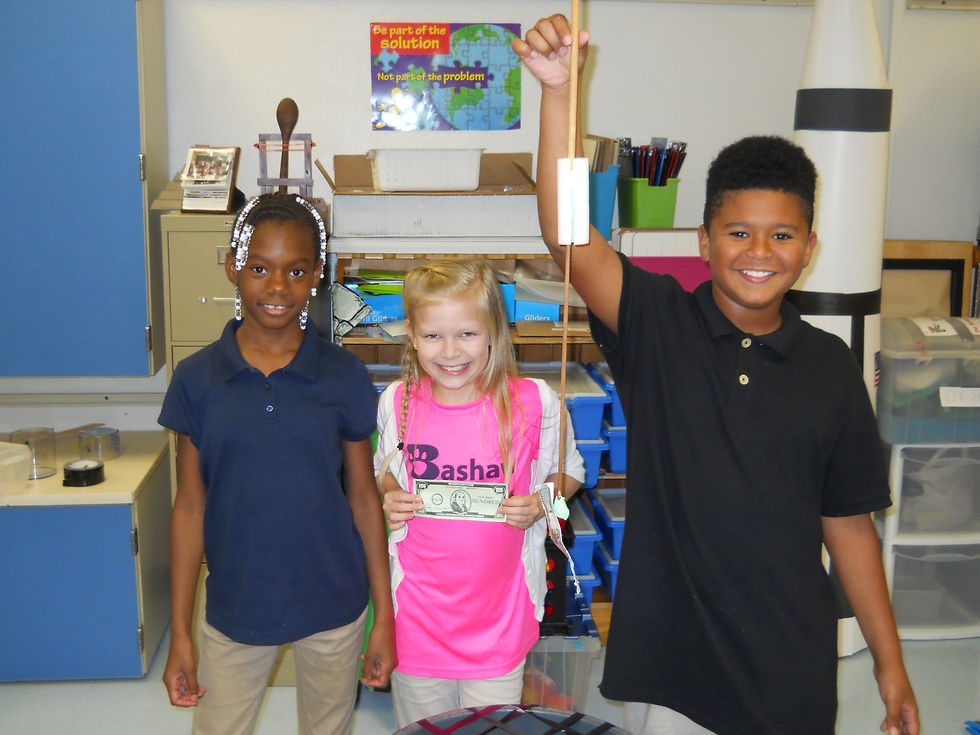
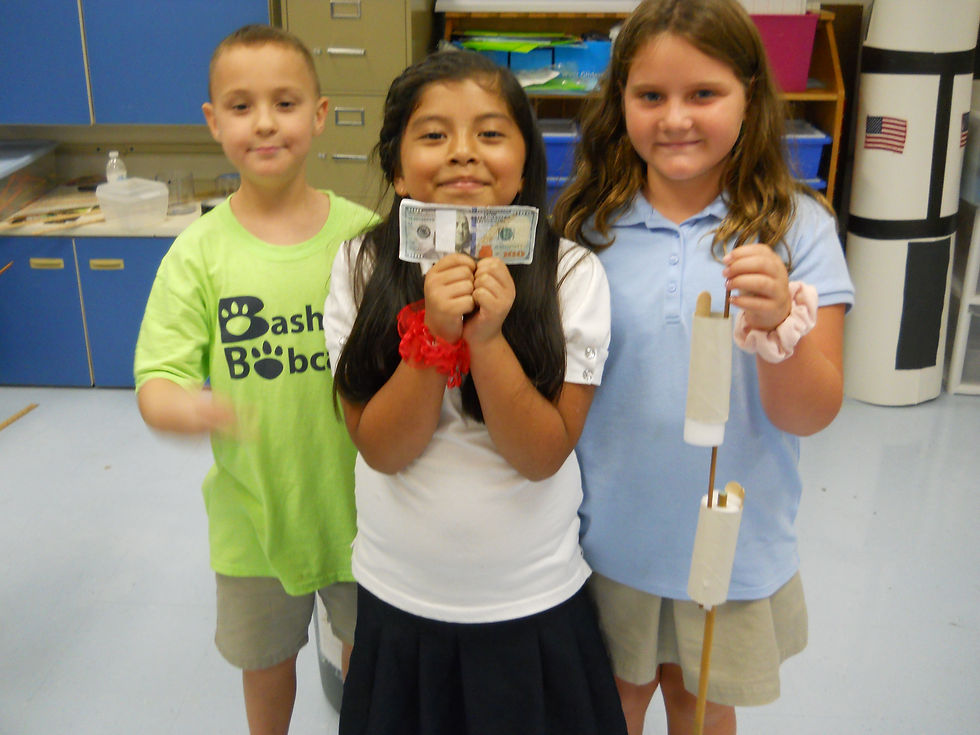

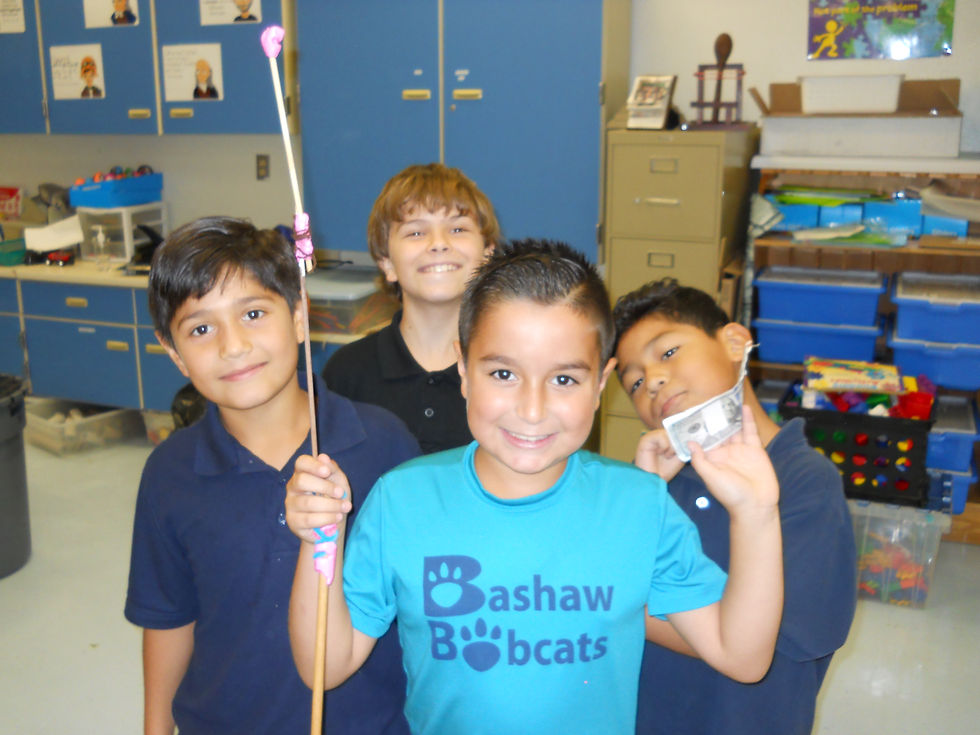
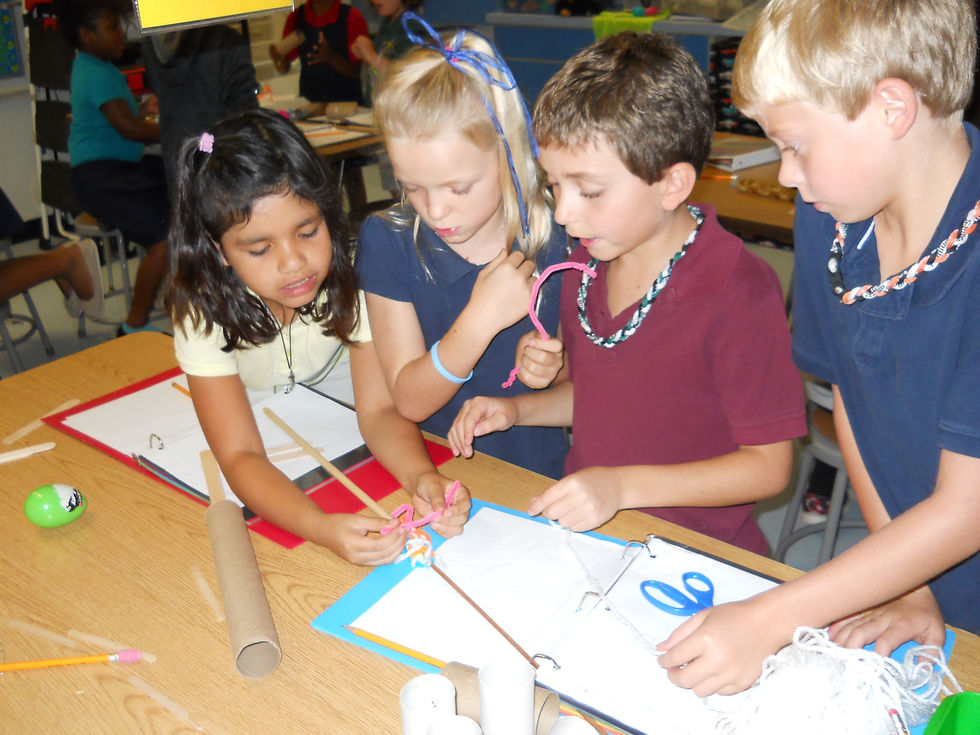








$100 Down the Drain
In one of the most popular engineering challenges, students created a prototype of an invention that could retrieve a $100 from a “drain.” The students were given limited materials such as silly putty, dowels, string, popsicle sticks and pipe cleaners. With these materials, the creativity flowed through the students as they succeeded in retrieving the $100 using a variety of inventions.
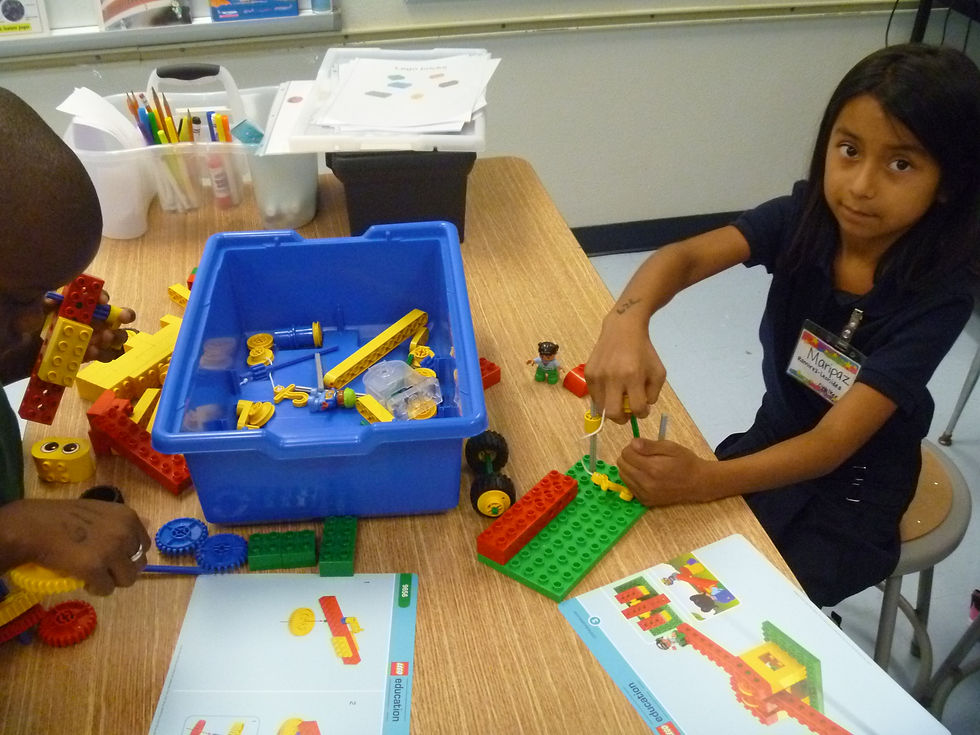
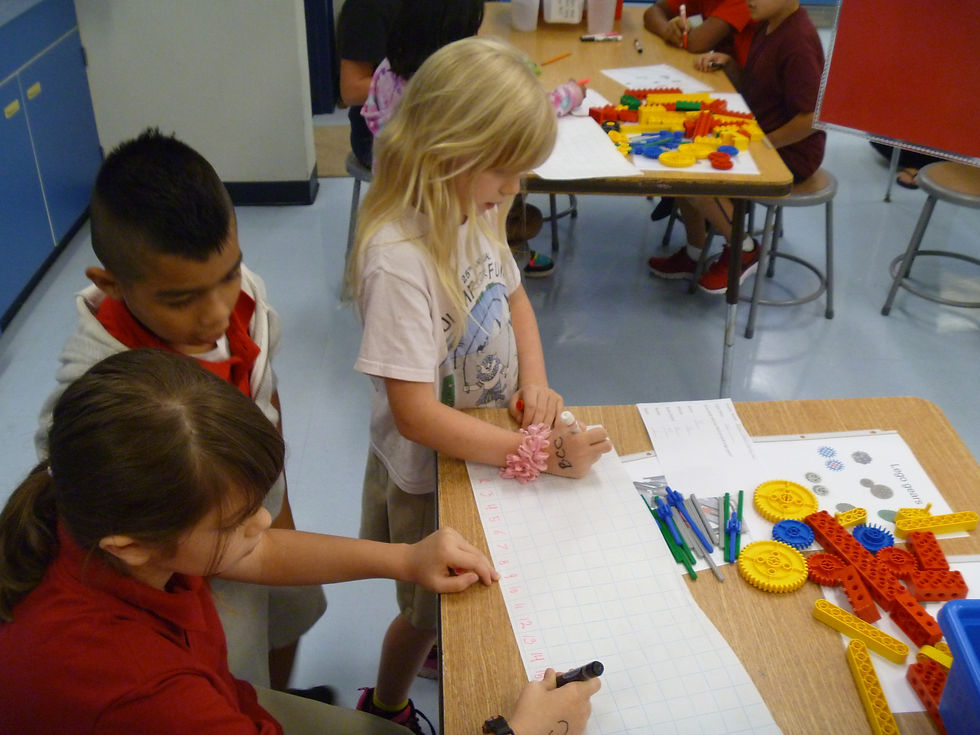
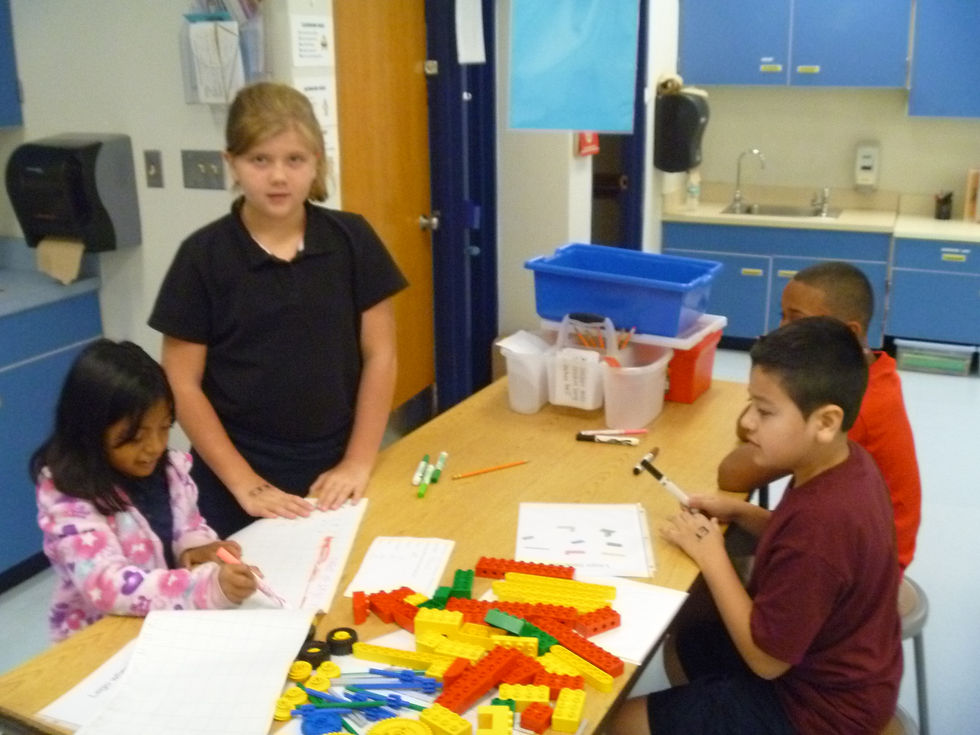



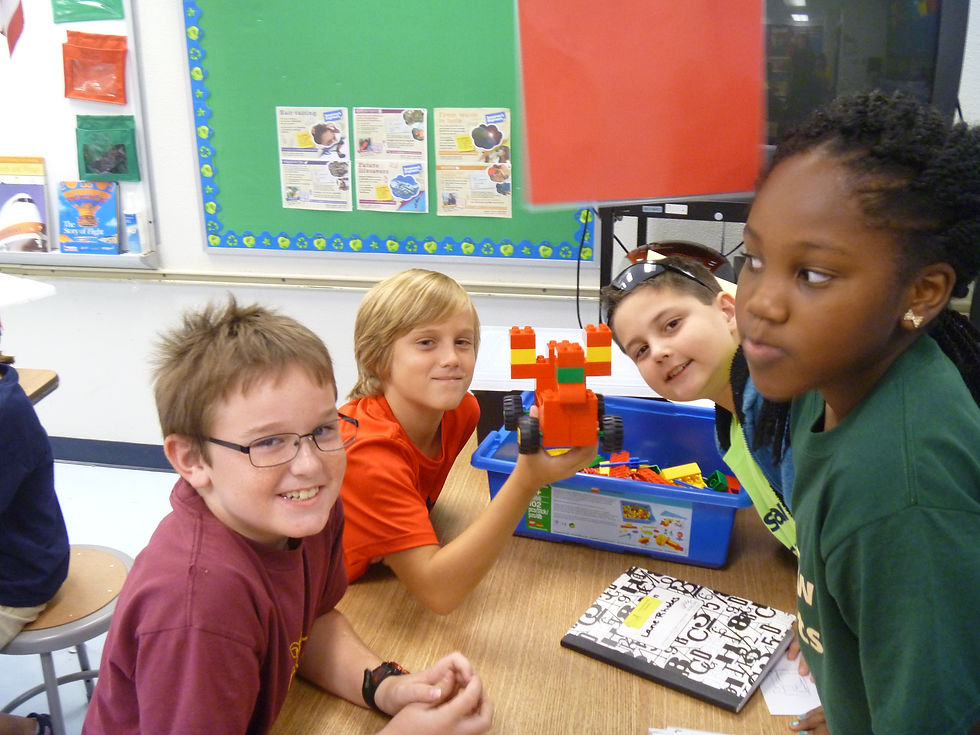




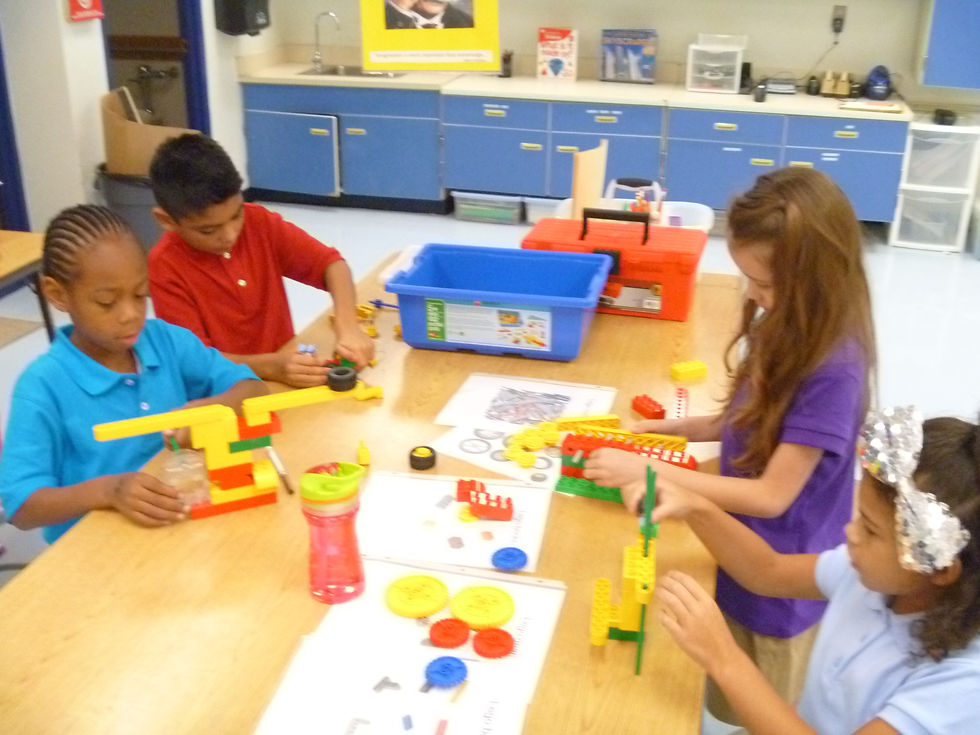

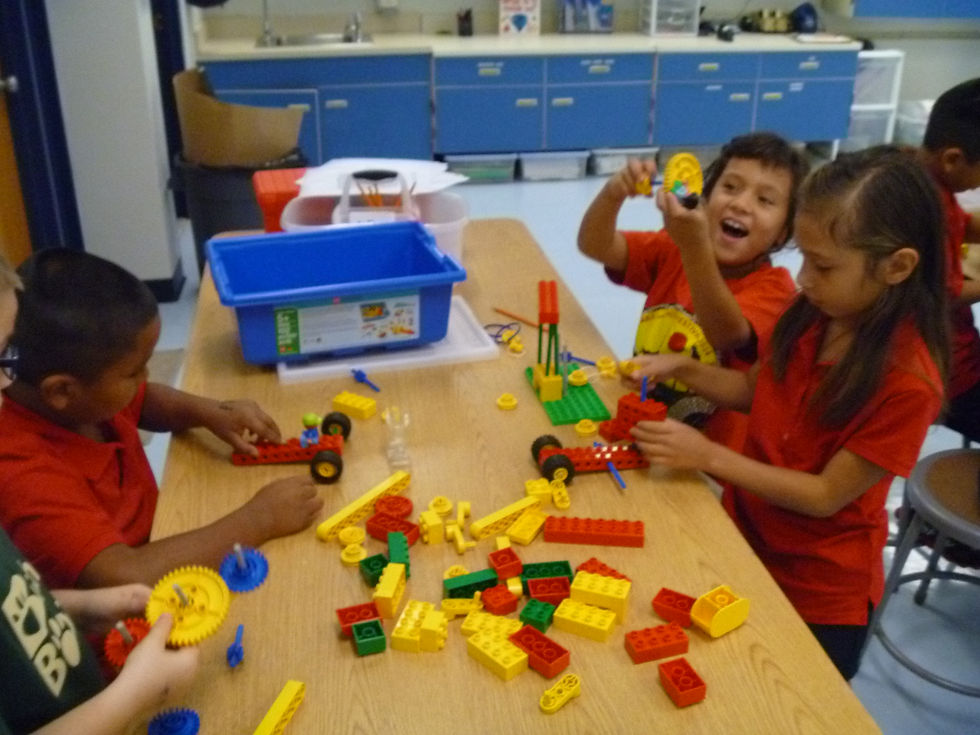





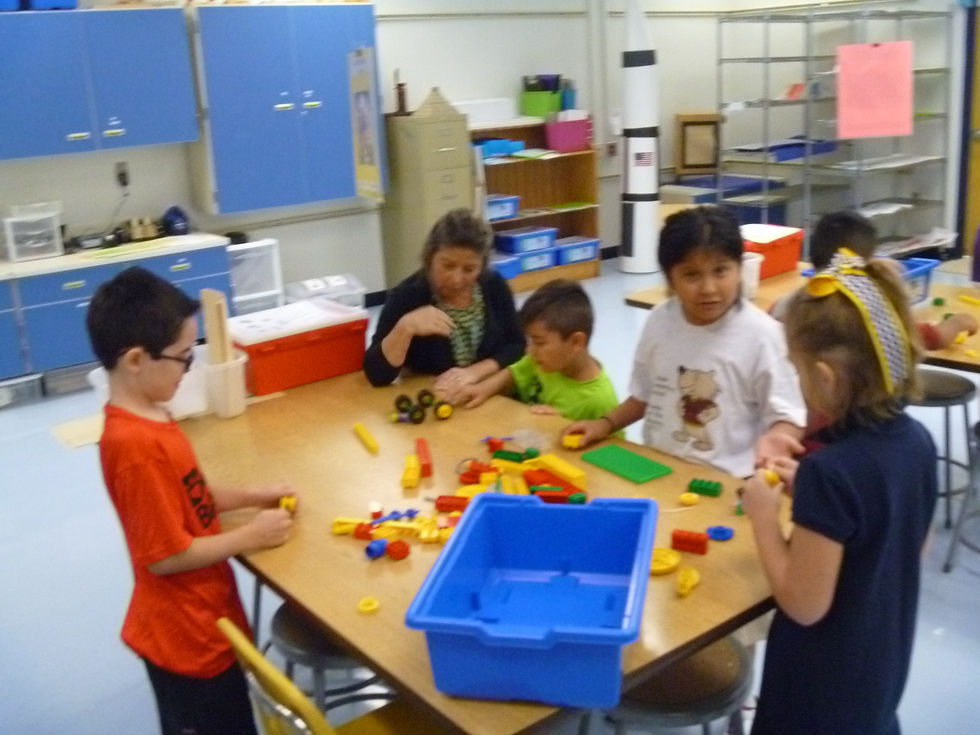


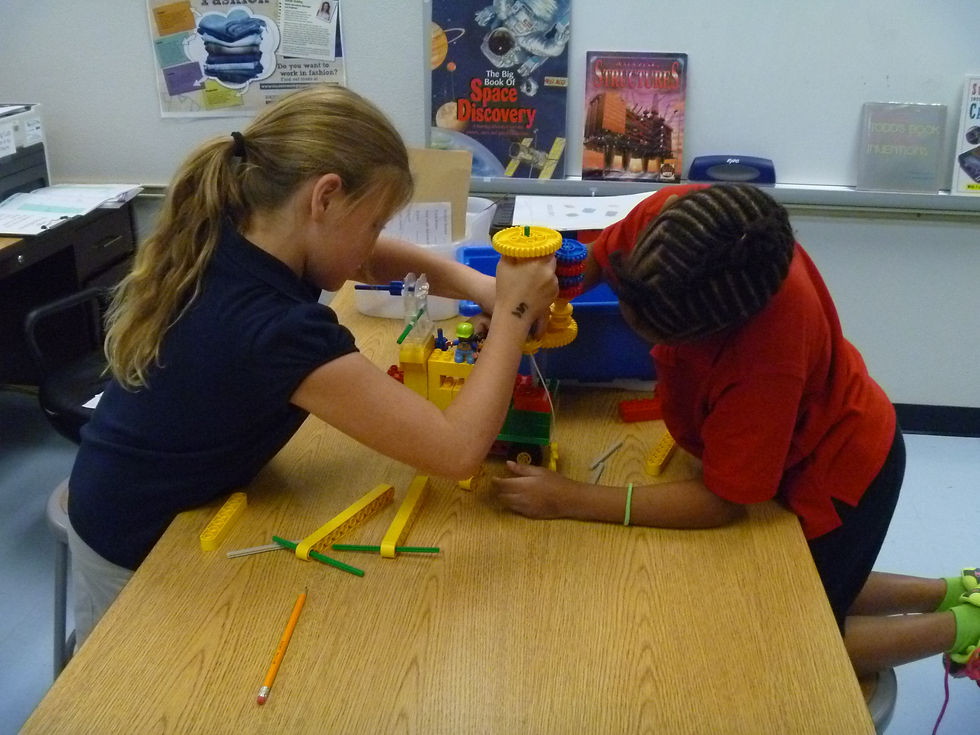


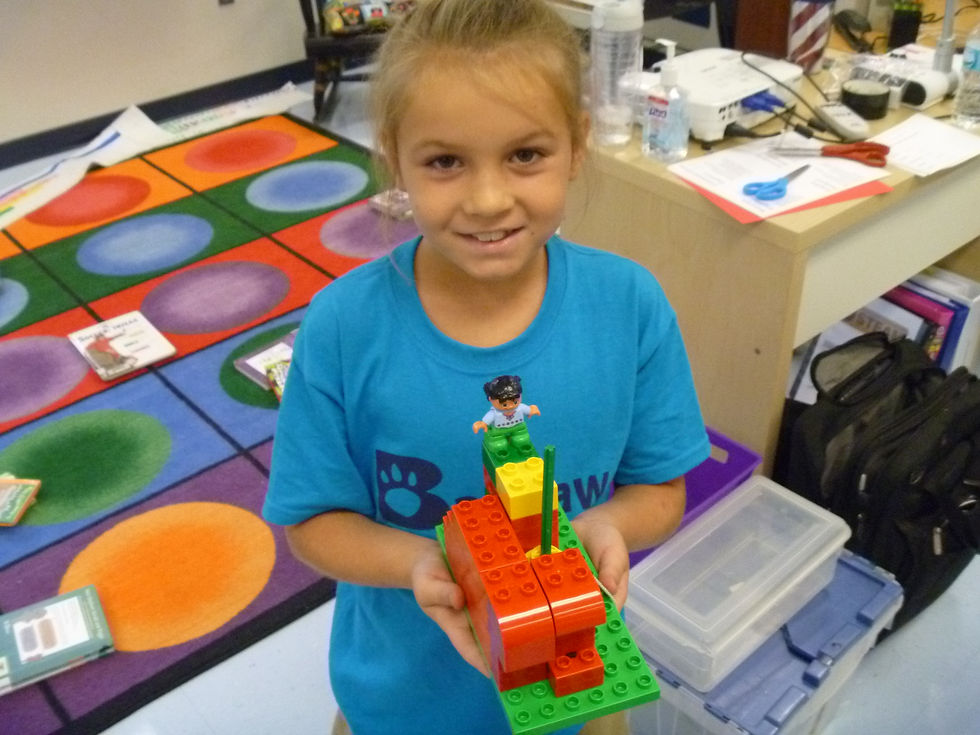





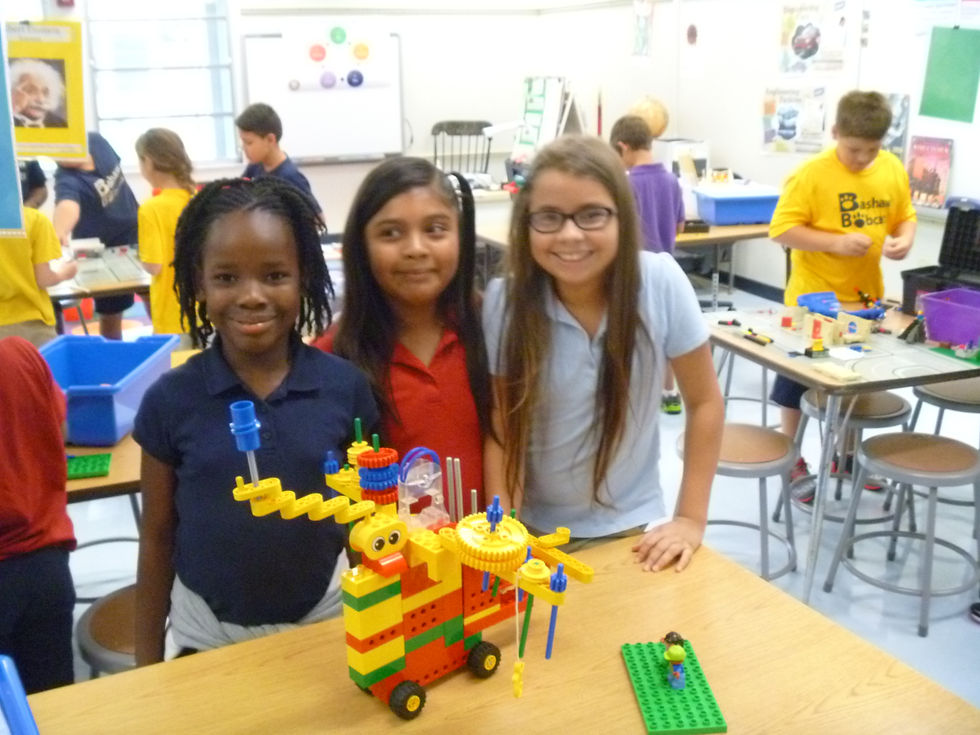
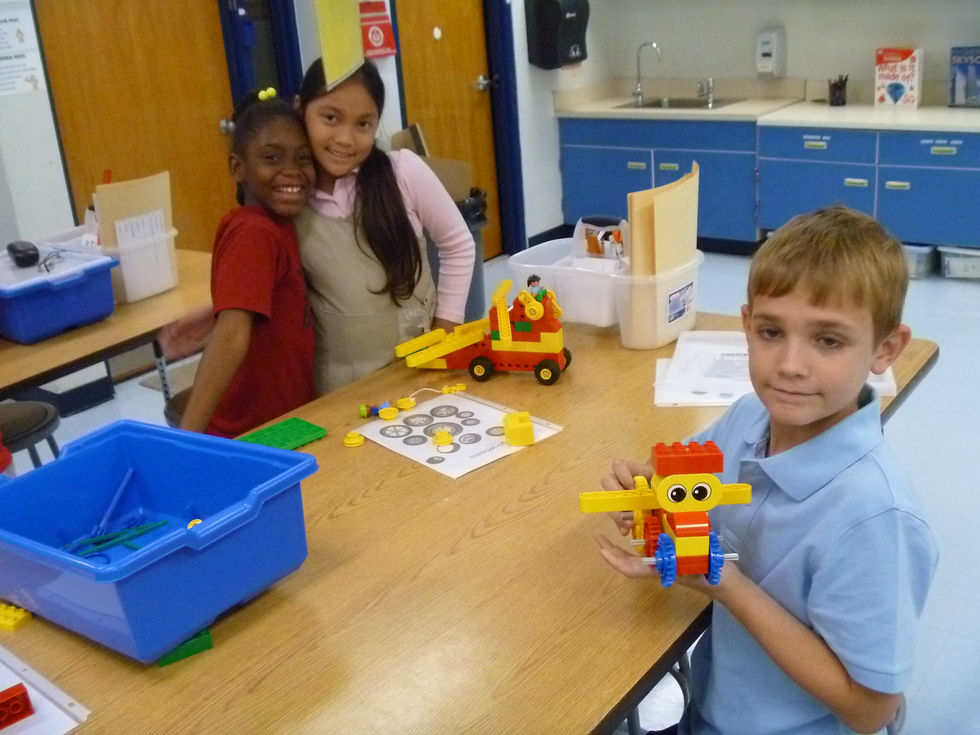



































Lego Graphing
The students were introduced to the name of the Lego pieces. They sorted and counted them. Afterwards, the older students graphed the data on a bar graph. After completing the task, they were able to create figures from diagrams or build their own unique creation.


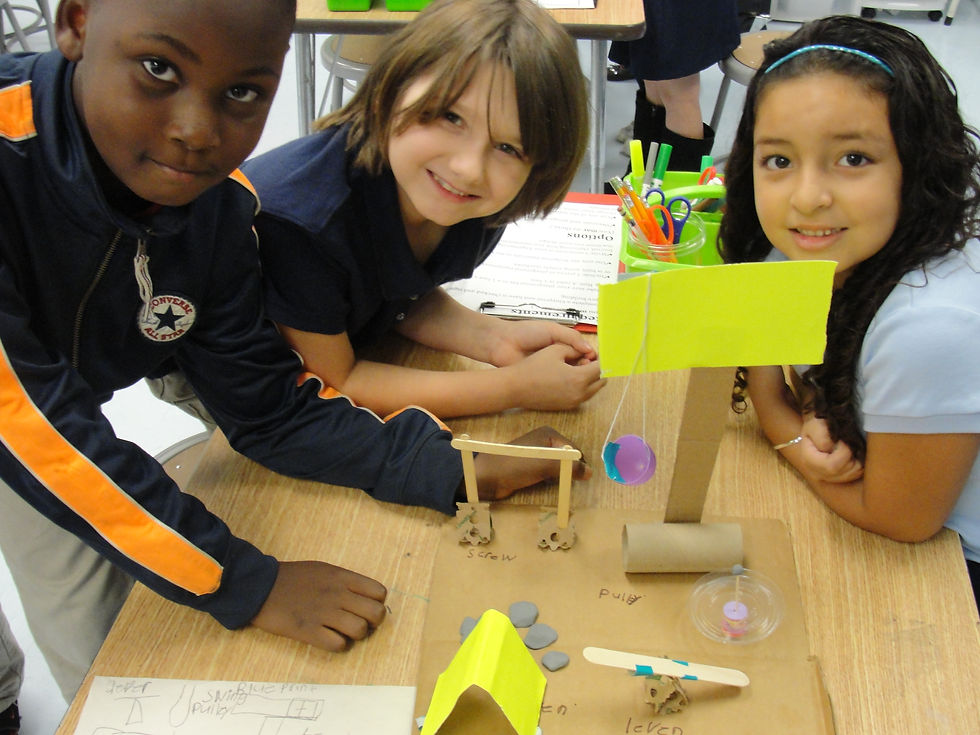
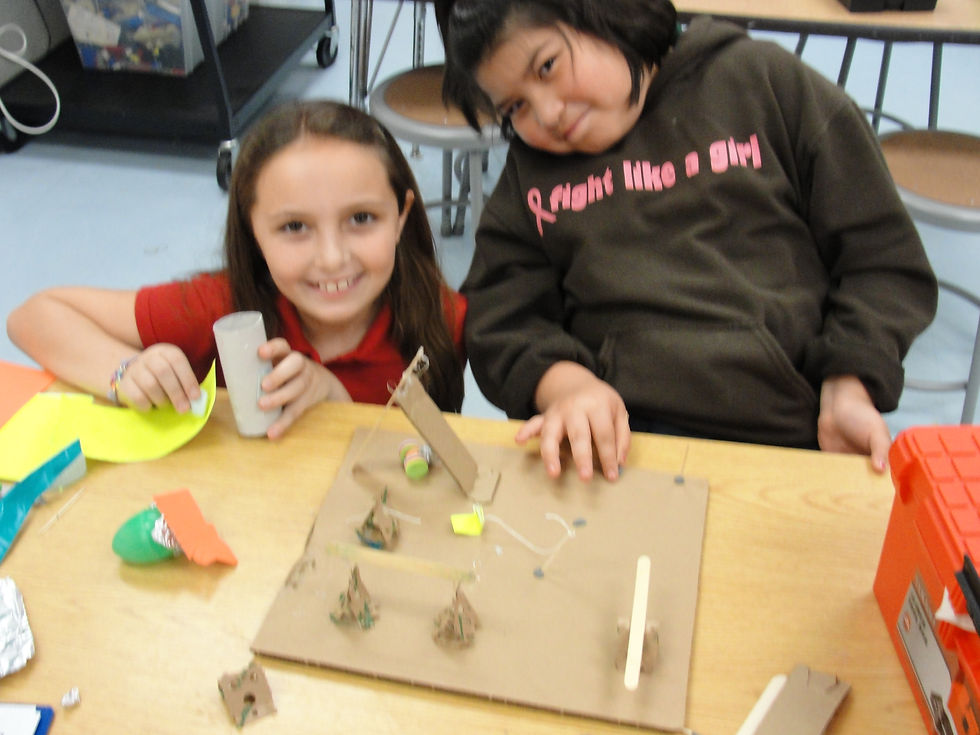
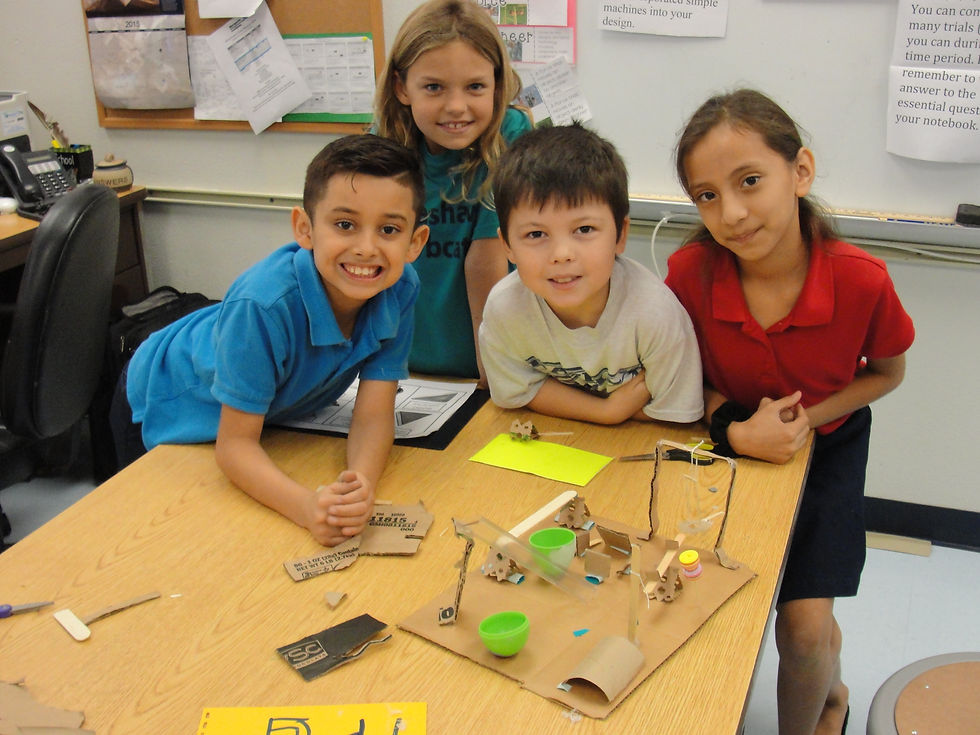



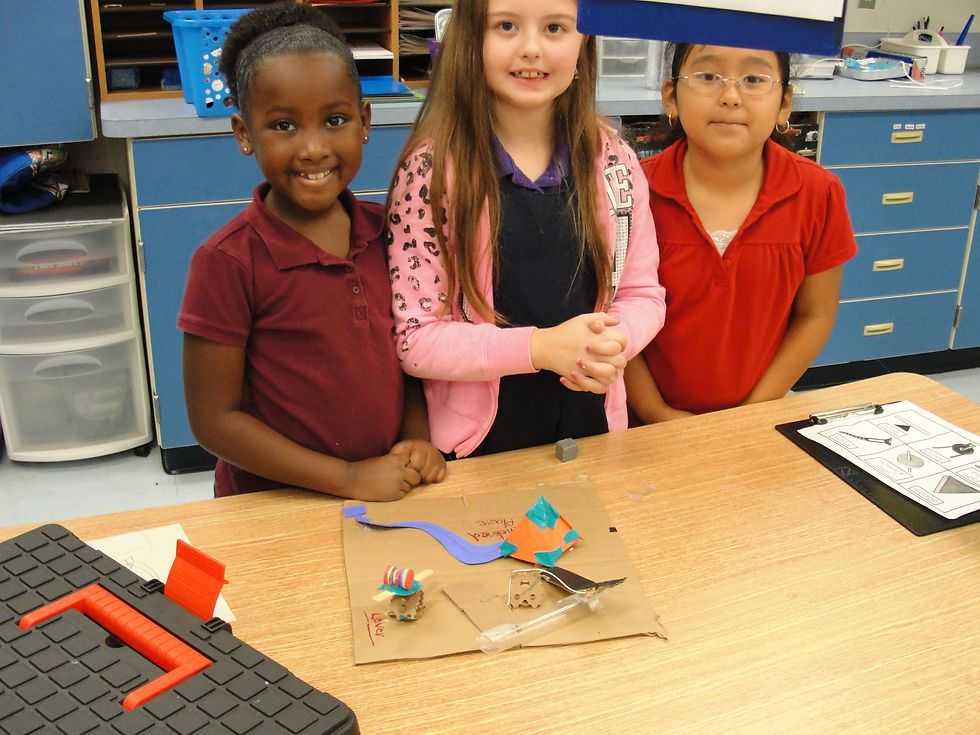
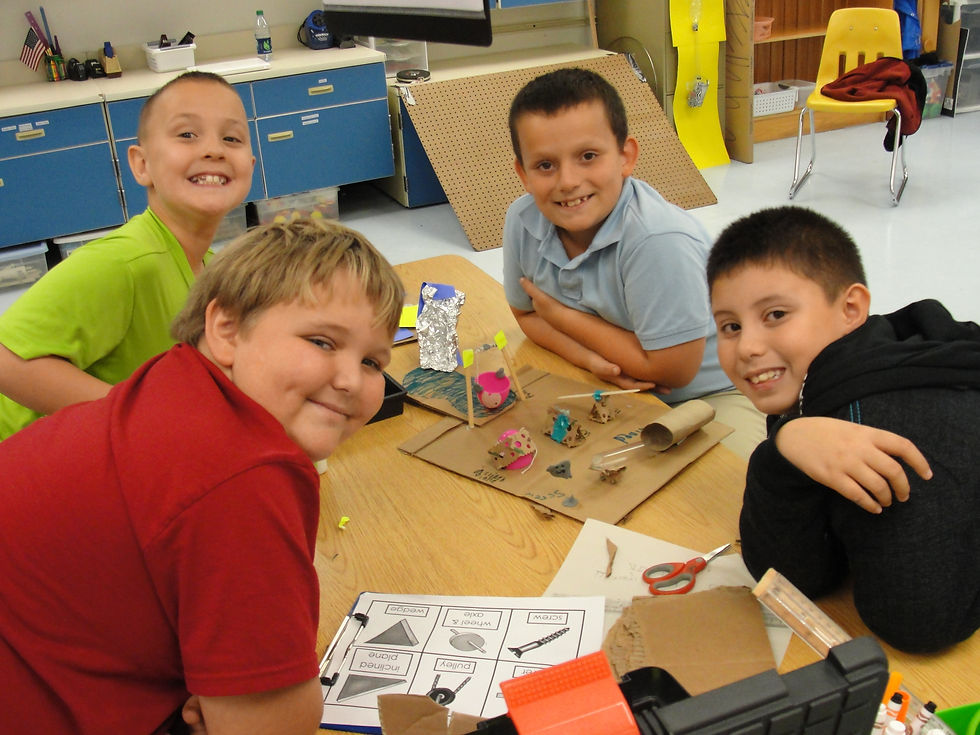












Simple Machine Playgrounds
Using the knowledge learned about simple machines, the students designed playgrounds. The playgrounds had to incorporate at least 3 simple machines into the design. Many teams designed a sea saw using the simple machine, the lever. A few teams showed special innovative skills and designed a zip line using a pulley system.
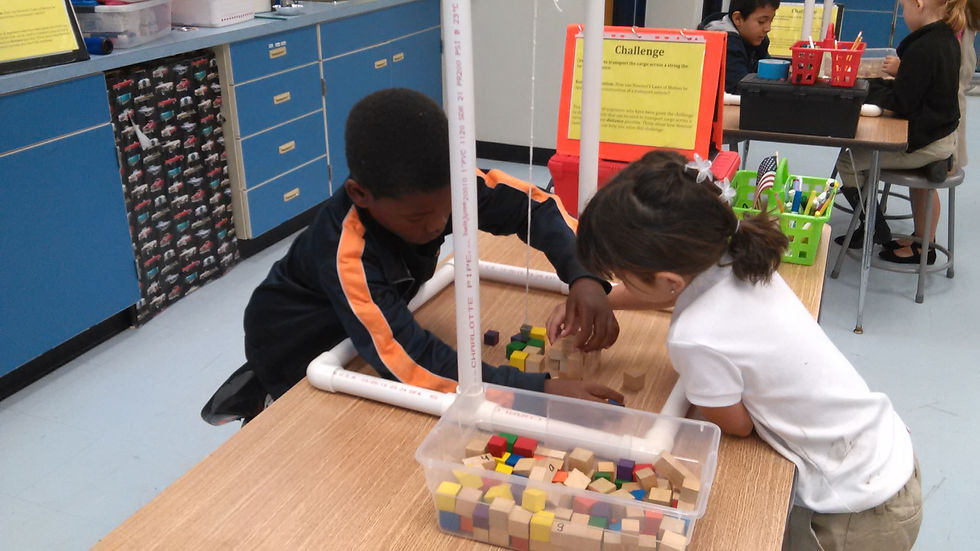
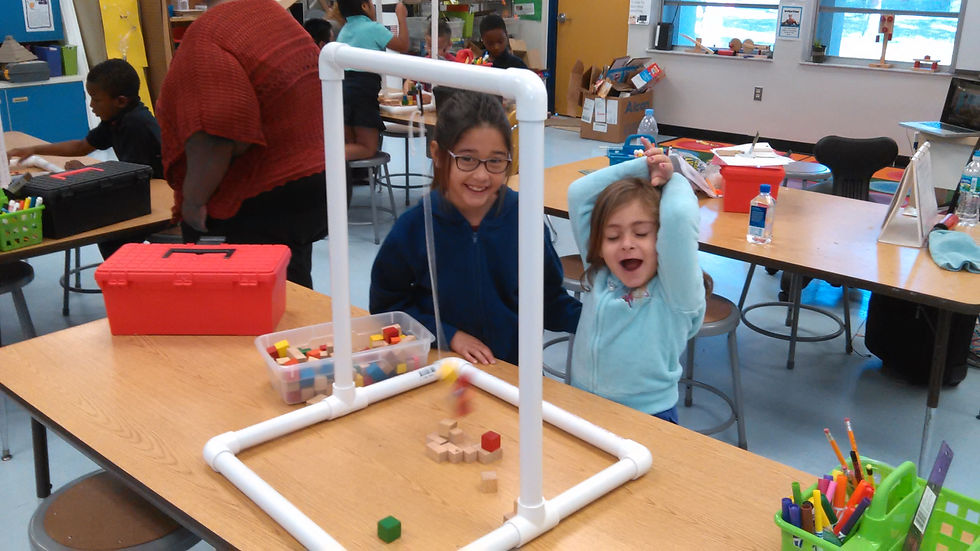


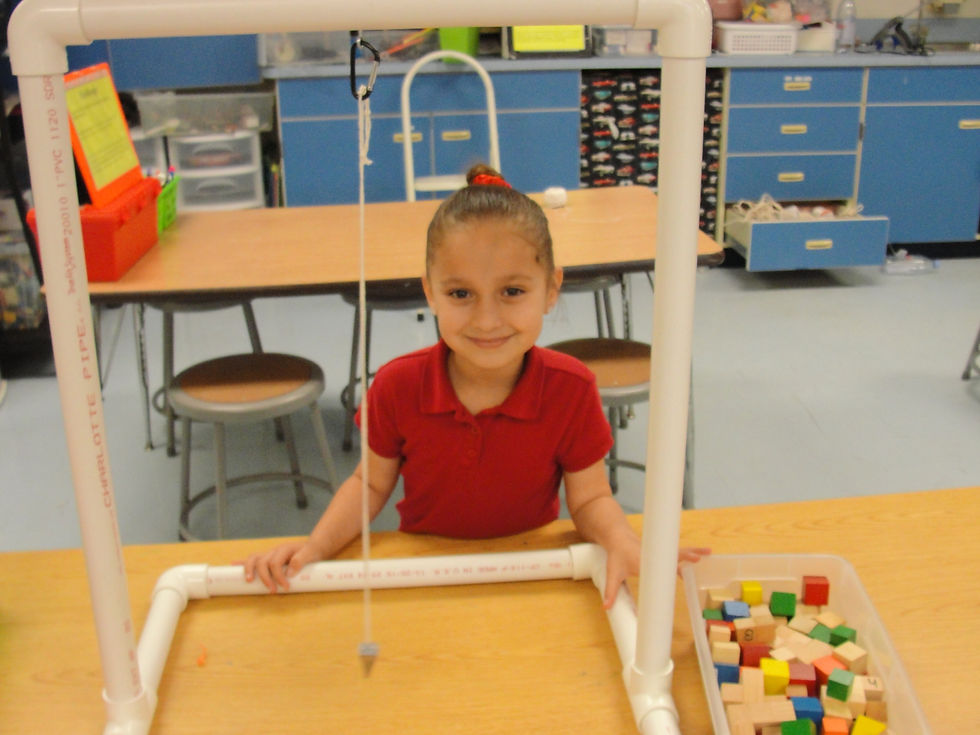









 |  |  |
|---|---|---|
 |  |  |
 |  |  |
 |  |  |
 |  |
Pendulums
The students were challenged to create a tower with the blocks that would result in the most blocks being knocked down when the pendulum was released. Energy changed from potential to kinetic as the pendulum was released.
Canival Games and Straw Puppets
The students created carnival games for to entertain a wide variety of students. The older students used strings and straws to create movable straw puppets.